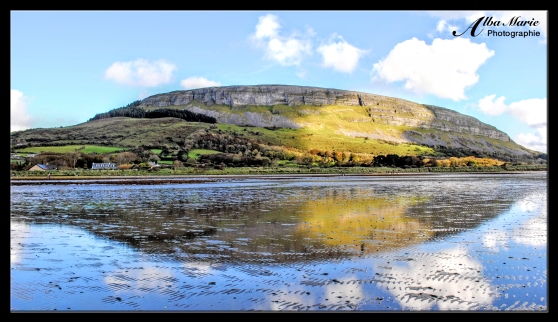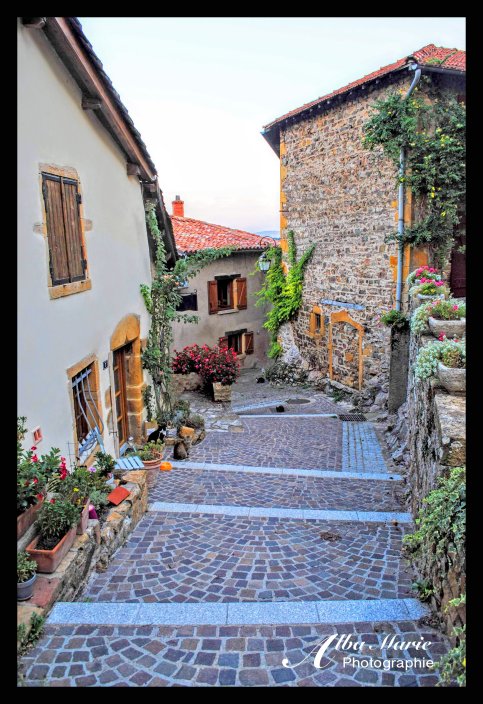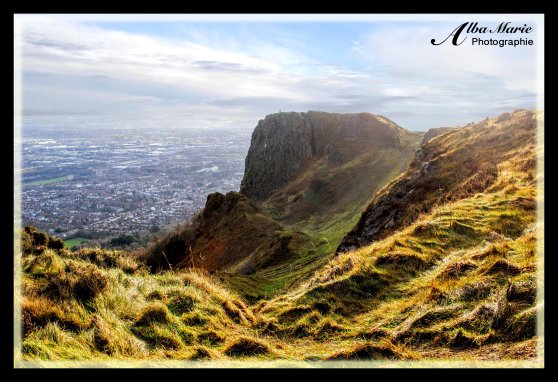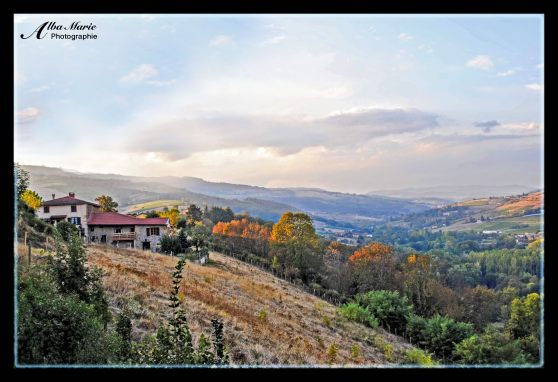Knocknarea & Cullenamore Strand, Ireland
Knocknarea is a very special place. Tucked away in a quiet corner of northwest Ireland on a little peninsula in County Sligo, Knocknarea is renowned for its history and legends. Though only 300 metres high, climbing to the top of this hill is a sacred act. Crowning this hill is a huge cairn from Neolithic times – over 5,000 years old! Sligo is riddled with ruins from the Neolithic era – at Knocknarea’s foot are the Carrowmore tombs (home to some 50 monuments!), and further inland, find the even more impressive Carrowkeel tombs – 20 monuments of which three are opened. There are other sites of course – Deerpark, Creevykeel, Knockvranny, Knocknashee, and so many more – and these are all in wee County Sligo! You could spend a lifetime trying to visit all of Ireland’s Neolithic sites… But yes, back to Knocknarea. Other than the huge cairn, there are a few satellite tombs, and the ruins of an ancient village (as well as a famine age abandoned village – both just a few houses). After Ireland was Christianised, many early Christians hung on to their beliefs, and the religious leaders had to find a way to compromise – such as Yule becoming Christmas, the Pagan goddess Brigid becoming a saint, and the fertility goddess Sheela na Gig giving Mary a higher status than in most contemporary – and patriarchal – Christian societies. And then there was the problem of understanding those societies who came before these early Christians (who were they, and why did they build these things!? Questions still unanswered today…). Knocknarea was therefore explained away using folklore. The cairn was attributed to the legendary (and semi-mythical) saviour and warrior queen of Connaght, buried upright in her great tomb under the cairn, facing her enemies from the North. Though this story is unlikely to be true, it’s clear that someone (well, many someones) are buried here, making this an ancient graveyard of sorts. It is one of Sligo’s iconic spots and can be seen from almost anywhere around Sligo town. Knocknarea is seen here from the far side reflected in the low tide sands of Cullenamore strand, a quieter alternative to busy Strandhill Beach – and also better for a long walk on the beach!
Pro tip: Don’t forget to bring a stone from the bottom of the hill up to the cairn for Queen Maeve! If you have a car, climb from the Queen Maeve Car Park. No car? Take the Strandhill bus and stop at the Centra – there is a path up this side starting here. A new path connects both sides with the Strandhill beach, famed for its surf. We recommend lunch/brunch at Shells, ice cream at Mammie Johnson’s and/or pizza and a pint at The Strand pub.
Other places in Sligo
- Enniscrone Beach & Bathhouse ruins
- 15th Century Ruins of Moygara Castle
- The Sligo Way
- The Hidden Glen
- Sunset over Knocknarea




